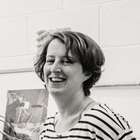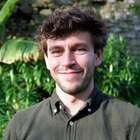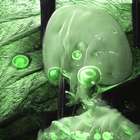Sonic Kayak update - new sensors, sonifications, and visualisations
Posted Aug. 17, 2020 by Amber Griffiths and Dave GriffithsOver the last 6 months we've been doing some work on the Sonic Kayaks, funded by ACTION. This post is to let you know about the changes we've made and new things available within the project, and to call for your feedback and thoughts via the survey at the end.
- We've designed and integrated two new pollution sensors, one to measure turbidity (cloudiness of the water) and one to measure air pollution above water (as you get from diesel boat engines etc.). These join the previous sensors for underwater temperature and underwater sound/noise pollution.
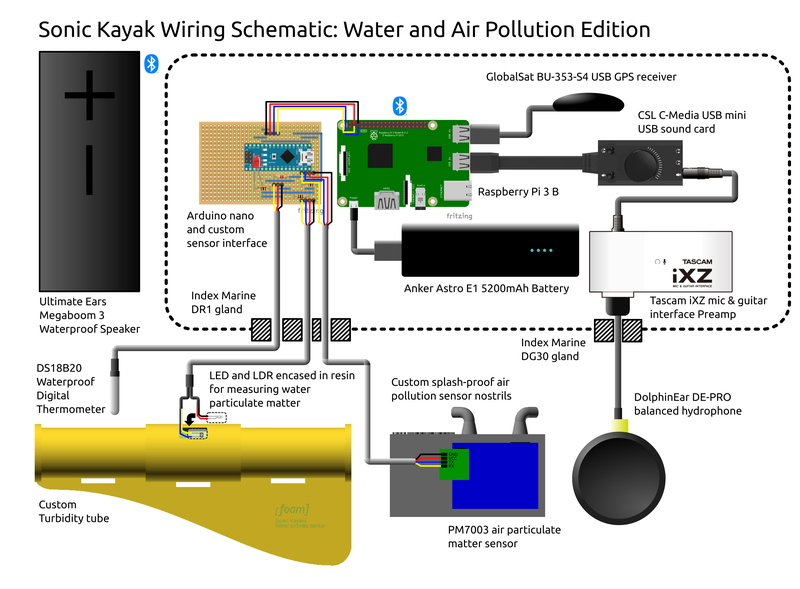
- All the new hardware and software has been fully documented on our project wiki, and all the source code is open, so you can build your own Sonic Kayak if you're feeling brave: https://github.com/fo-am/sonic-kayaks/wiki
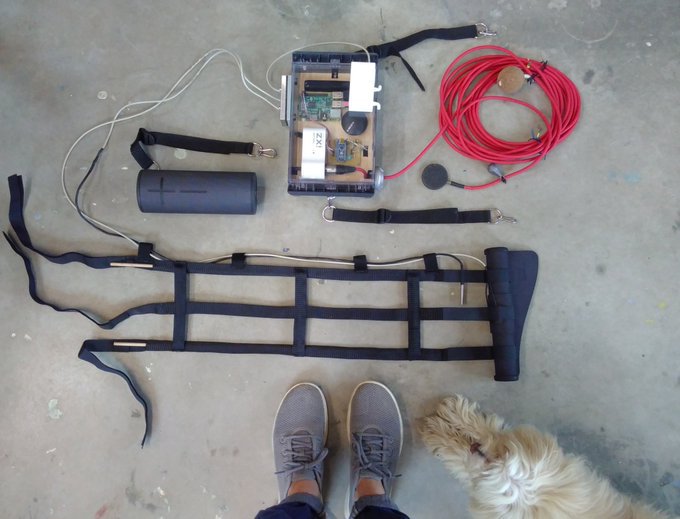
- We wanted to do a bit more work on the data sonification, so working with sound artist Kaffe Matthews, we designed a survey to see how well people could work out what was happening with environmental data just based on different sonification approaches. There's a whole blog post just about this here, and we're hoping to revisit some of the more experimental approaches when we have more time to focus on this side of things.

- We took the three new Sonic Kayaks out on some trips to gather some proof-of principle data, with the help of Dr. Claire Eatock at Access Lizard Adventure. We gathered data around Falmouth harbour (including industrial areas, places where people live on houseboats, estuarine areas, places that might have farm run-off etc.), and due to a sensor glitch we repeated more tests in a smaller area in Penryn and part of Helford Passage which is heavily used by tourists and is an Area of Outstanding Natural Beauty.

- All that test data is now being crunched by Dr. Jo Garrett and Dr. James Duffy. Jo's analysing the hydrophone data for underwater sound/noise pollution, which is the most tricky type of data that we collect and needs to be handled properly, while James is figuring out how best to visualise all the different types of environmental data on maps. Eventually we'd like to build a web portal where people could upload data after their kayak trip, and see the data automatically visualised on a map. In the mean time we've made a Zenodo community where the data can be hosted - you'll see some test data is up already here. This is one of James' first goes at mapping the underwater temperature data:
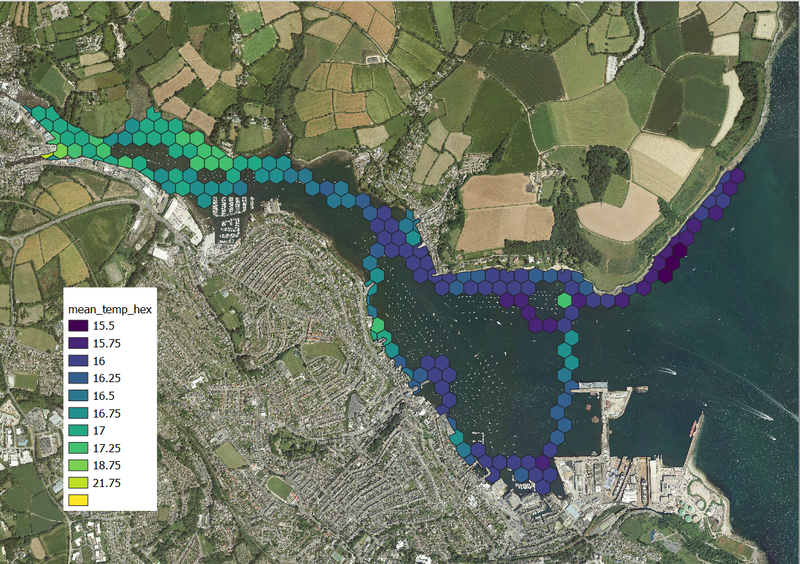
- As much as we wanted to, we couldn't take anyone out to try the Sonic Kayaks this time due to the restrictions in the UK on group events and the insurance of the kayak club we work with. Instead we've made a video about the project, and made a survey form online so that anyone can tell us what they think about the project - it's not ideal, but it does open it up to more people and we'd love to hear your thoughts...
This project has received funding from the European Union’s Horizon 2020 research and innovation programme under grant agreement No 824603.
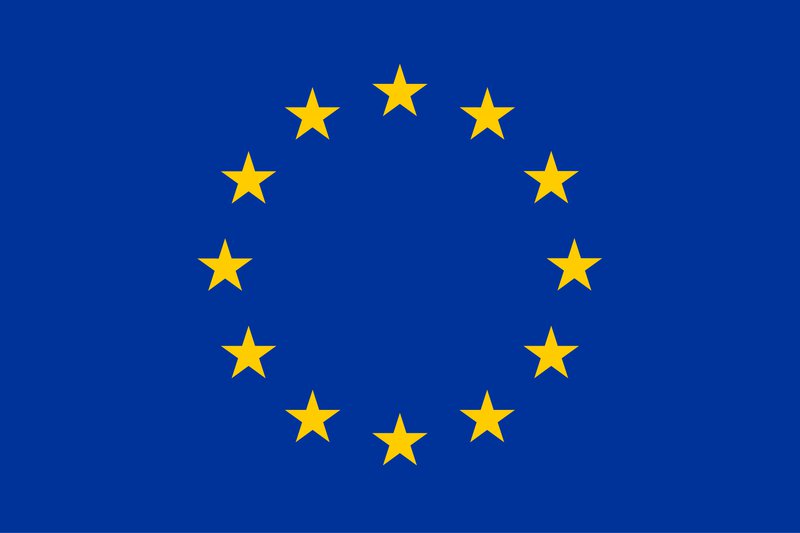
Created: 15 Jul 2021 / Updated: 15 Jul 2021




